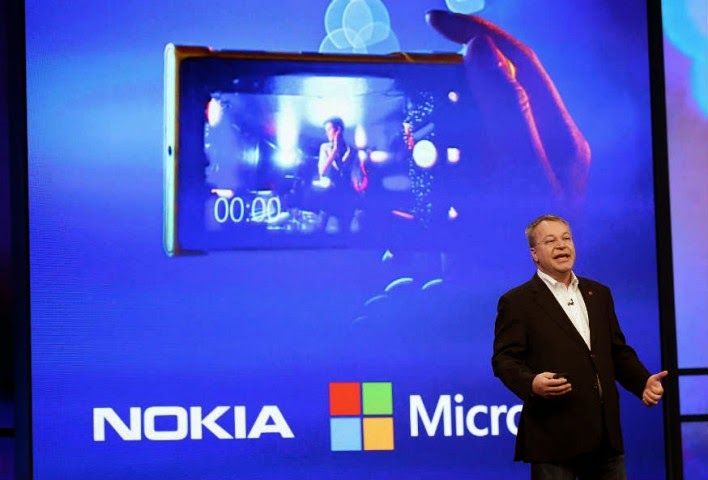Facebook is now said to be trying its hands in the electronic money-transfer services field. The leading social network is said to be just a few weeks away from receiving a regulatory approval for a service that enables users to store e-money on Facebook and pay it to others when needed.
According to a report, the Facebook's electronic wallet and transfer services are expected to get regulatory approval only in Ireland for now, and might reach other regions later.
The Financial Times report (via The Next Web) says the e-money deposited by the users can be utilised throughout the whole of Europe and might convert into a particular currency value as per the region.
The usage of e-money through different European regions is being dubbed as 'passporting.' The Next Web also notes that the e-money units of stored monetary value serve as a claim against the company.
Facebook is being said to be in talks with three London-based international money transfer services for both online and mobile solutions. The three money transfer startups mentioned by The Next Web are TransferWise, Moni Technologies and Azimo.
Facebook has not yet commented on this matter, however we will probably know more about this feature when the regulatory approval is official.
Recently, Indian law enforcement agencies requested Facebook to block content in 4,765 instances citing local laws between July and December last year, the largest by any country.
The social networking giant said it blocked content after government officials and the Computer Emergency Response Team of India (CERT-In) reported that such posts were violating laws like criticising a religion or the state.
As per data from the second Government Requests Report by the California-headquartered firm, India made the highest requests for restricting content, followed by Turkey (2014), Pakistan (162), Israel (113), Germany (84) and France (80).
Read More:http://gadgets.ndtv.com/







.jpg)


























